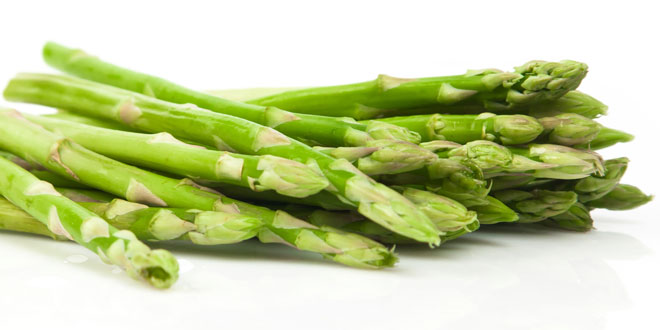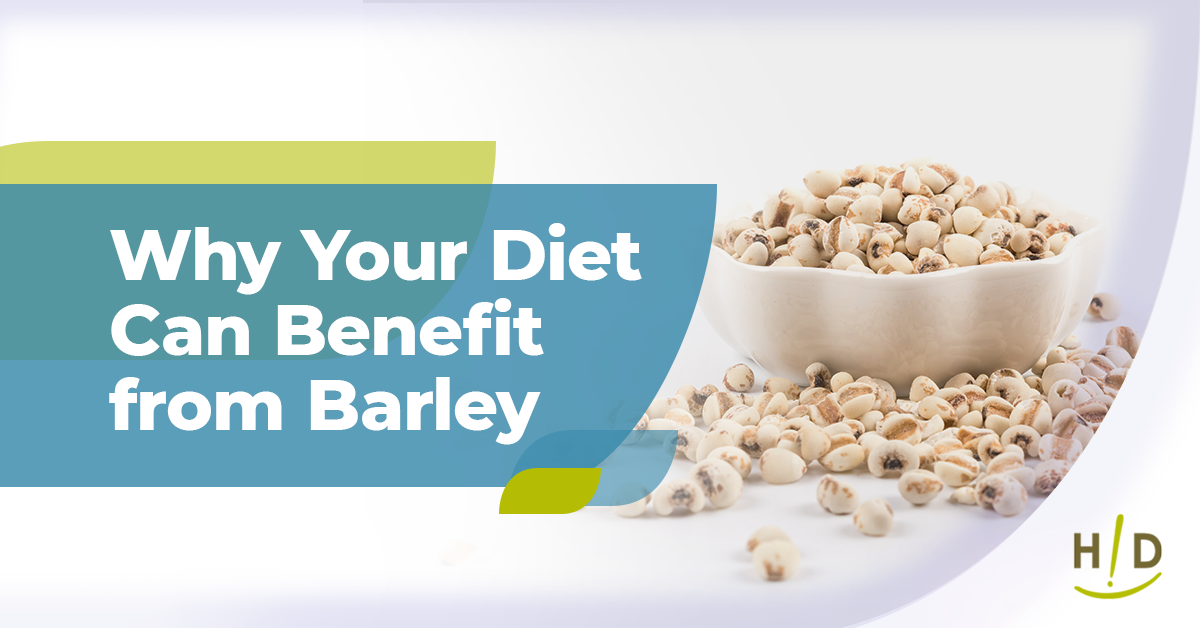Have you ever taken or experienced any of the following?
- Prescription drugs
- Radiation-based diagnostic or therapy measures
- Immunization shots
- Antibiotics
- Over the counter drugs
- Still have, or had, silver-mercury amalgam fillings in your mouth
- Been exposed to house, farm or commercial use herbicides, pesticides, chemical fertilizers, or cleaning fluids
- Used non-organic cosmetics, shampoos, lotions, sunscreens, or toothpastes (the ones with poison control warnings on the label!)
- Been exposed to work related chemicals or radiation
- Have been in the military
- Lived near nuclear power plants, munitions manufacturing plants, chemical manufacturing plants, or toxic waste disposal sites
- Use commercial airlines
If one or more of these apply to you, then
you need to ensure you are consuming glutathione supportive foods daily.
The Role of Glutathione in the Body
Glutathione is the body's master antioxidant and detoxifier. Foods that boost glutathione levels can help the body rid itself of heavy metals, chemicals and other toxic substances.
Glutathione plays at least eight fundamental roles in metabolic and biochemical reactions including:
- DNA synthesis and repair
- Protein synthesis
- Prostaglandin synthesis (controls vascular smooth muscle constriction or dilation and many other vital functions)
- Amino acid transport and enzyme activation
- Maintaining other antioxidants like Vitamin C and E in their active forms
- Modulating (regulating) proper immune response
- Increasing lymphocyte presence (T cells, B cells and Natural Killer Cells) while improving their effectiveness
- Regulating apoptosis (the death of cells that occurs as a normal and controlled part of an organism's growth or development.)
Thus, every system in the body can be affected by the level of glutathione, especially the immune system, the nervous system, the gastrointestinal system and the lungs.
In animal experiments, increased glutathione consumption increased longevity by about 40%.
The more toxic the body is, however, the faster glutathione levels in the body are used up.
As an example, in experimental animals, glutathione was reduced 70 to 80% within four hours after administering acetaminophen (Tylenol). - Drug Chem Toxicol 81;4(1):37-48. A similar conclusion can be drawn regarding all other pharmaceutical drug-based therapies.
Glutathione Supportive Foods Help Detoxify the Body
A steady, daily intake of glutathione supportive foods is the best way to maintain high levels of glutathione in the body and chip away at the stockpile of toxins that have accumulated over the years (and you continue to take in daily).
Food sources that increase glutathione do so by providing the precursors of glutathione, or enhance its production by some other means.
The amount of dietary glutathione is very small compared to the amount of glutathione found in live tissues.
Daily glutathione intake from glutathione foods averages 100-150 mg. A healthy adult has about 10g of glutathione circulating in the body tissues. Thus, dietary intake comprises only 1-1.5% of circulating GSH. The rest of glutathione is manufactured inside the cell, or within the liver, from its three precursor amino acids: Glycine, glutamic acid, and cysteine.
Although dietary glutathione has low impact on glutathione levels, glutathione foods are still an integral part of a glutathione boosting protocol.
The main reason is that some dietary glutathione does get absorbed into the cells of the intestines, particularly the inside space of the intestines’ tubular structure. This luminal glutathione participates directly in detoxification in the small intestine boosting the health of the digestive system.
Since your immune health depends greatly on how effectively you absorb all the nutrients, vitamins and minerals from food, we can confidently state that immune health depends on the health of the intestines and the whole GI tract.
Also, studies have shown that glutathione foods decreased the risk of getting mouth cancer (
Dietary glutathione intake and the risk of mouth and pharyngeal cancer. Flagg EW et al. Am J Epid. 1994. 139(5), 453-465) and prevented renal and neuronal dysfunctions induced by oxidative stress in diabetic rats (
Dietary glutathione protects rats from diabetic neuropathy and neuropathy. Ueno Y et al. J Nutr. 2002. 132, 897-900).
Foods that are high in glutathione precursors and therefore help boost glutathione levels naturally are best when eaten raw or fermented (like in sauerkraut) since they are heat sensitive.
Cooking reduces glutathione content in foods, so do the length and conditions of storage and farming practices. Only uncooked raw vegetables, fruit, raw unpasteurized goat milk are rich in glutathione. Cooked, pasteurized and processed foods contain far less glutathione or none at all.
For example, one study showed 73-80.6% reduction in glutathione content of human breast milk after merely 2 hours of being frozen (80.6%), refrigerated (79.1%) or kept at room temperature (73%) for later use as food for infants. This is a significant drop compared to fresh un-stored breast milk, considering the fact that breast milk is the only source of glutathione for newborns and babies as they do not yet produce much on their own (
Human breast milk storage and the glutathione content. Ankrah NA et al. J Trop Pediatr. 2000 Apr;46(2):111-3).
Table of some of the raw (uncooked) glutathione foods:
Select Glutathione Foods, mg per 100g (3.5 oz.)
| Food |
GSH Content |
| Asparagus-highest glutathione of any food |
28.3 |
| Avocado |
27.7 |
| Spinach |
11.4 |
| Okra |
11.3 |
| Broccoli |
9.1 |
| Cantaloupe |
9.0 |
| Tomato |
9.0 |
| Carrot |
7.9 |
| Grapefruit |
7.9 |
| Orange |
7.3 |
| Zucchini |
7.0 |
| Strawberry |
6.9 |
| Watermelon |
6.6 |
| Papaya |
5.8 |
| Red bell pepper |
5.5 |
| Peach |
5.0 |
| Lemon |
4.8 |
| Mango |
4.3 |
| Banana |
4.1 |
| Cauliflower |
4.0 |
| Walnuts |
3.7 |
| Cucumber |
3.5 |
| Green bell pepper |
3.4 |
| Apple |
3.3 |
| Grape |
2.7 |
Sources: Glutathione in foods listed in the National Cancer Institute's Health Habits and History Food Frequency Questionnaire. Jones DP Nutr Cancer. 1992;17(1):57-75.; Alan Pressman “Glutathione. The Ultimate Antioxidant”; Leo Nollet “Handbook of Analysis of Active Compounds in Functional Foods”, pp.73-74; Lester Packer “Handbook of Antioxidants”, pp. 551-552
Foods That Stimulate Glutathione Production
Certain chemicals (found in foods and spices are known to contribute to glutathione production in the body, assist in recycling oxidized glutathione back to its reduced (non-oxidized) form, and also boost the synthesis and the activity of important glutathione enzymes – glutathione peroxidase (GPx) and glutathione S-transferase (GST).
Food Sources of Glutathione Precursors Include the Following:
- Milk thistle helps to prevent glutathione depletion in the liver. It is also a natural liver detoxifier and liver protectant.
- Asparagus is the highest plant-based source of glutathione.
- Okra is also naturally high and assists in the elimination of the mucoid plaque in the small intestines.
- Rice bran, high in Alpha Lipoic Acid (ALA) promotes the synthesis of glutathione in the body.
- Several spices found in Indian curry including turmeric, cinnamon, cardamom, black seeds (black cumin), and curcumin contain glutathione.
- Rosemary
- The sulfur containing vegetables (kale, broccoli, brussels sprouts, cabbage, onions, garlic, cauliflower, bok choy, watercress, mustard, horseradish, turnips, rutabagas, kohlrabi) assist in the making of glutathione in the body (glutathione is a sulfur containing molecule).
- Pink Sulfur Salt(Black Salt)
- Grape seed extract
- Bilberry
- Avocados
- Ripe seeds of the green bean
- Red beets
- Aloe Vera
- Peaches, and watermelon
- Goat whey protein powder (Raw)
- Pycnogenol from pine bark.
- Brazil nuts - the highest natural source of selenium. Selenium is a co-factor for the enzyme glutathione peroxidase. (1-2 Brazil nuts per day - no more).
- Spinach
- Parsley
If you want to get the most glutathione out of raw, uncooked foods be sure your gut is healthy. If that means you must take a daily probiotic or even change your diet to eliminate candida, then work on your gut so you can maximize your glutathione potential. This major antioxidant is a primary necessity for your body to maintain vibrant health.







1 comment
Judy Grant
Thank you for sharing, enlightening, and being part of the program to help everyday people help themselves.
Thank you for sharing, enlightening, and being part of the program to help everyday people help themselves.